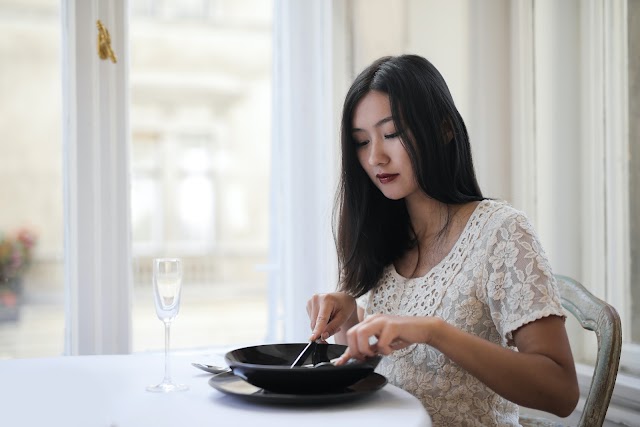Pilaf, also known as Pilau or Pilav, is a traditional dish
that has been enjoyed for centuries across many continents. It is a type of
rice dish that is cooked in a seasoned broth and often includes a variety of
ingredients such as meat, vegetables, and spices. The evolution of Pilaf can be
traced back to ancient Persia, where it was known as ‘Pilaw’ and was considered
as a symbol of wealth and hospitality.
The Evolution of Pilaf
In ancient Persia, Pilaf was typically made with long-grain
rice, and it was usually served as a side dish to meat dishes. However, it was
also served as a main dish for the wealthy and was often accompanied by various
fruits and nuts. The dish was also considered a delicacy and was served at
important ceremonies and celebrations.
As the Persian Empire expanded, the dish of Pilaf also
spread to other parts of Asia, including the Indian subcontinent. In the
subcontinent, the dish came to be known as ‘Pulao’ and it is enjoyed in both
India and Pakistan.
One of the key ingredients used in Indian Pulao is a blend
of spices, which includes saffron, cinnamon, and cardamom. The use of saffron
in particular gives Indian Pulao a distinct yellow color and a subtle, aromatic
flavor.
In addition to spices, Indian Pulao also often includes a
variety of ingredients such as raisins, cashews, and peas, which provide both
flavor and texture to the dish. These ingredients are often added to the Pulao
during the cooking process to infuse their flavors into the dish. Indian Pulao
also often includes a variety of vegetables, such as carrots, beans, and peas,
which are added to the dish to make it a complete meal.
In Pakistan, the dish is known for its rich, aromatic and
flavorful taste and can be prepared in a variety of ways. A crucial element utilized
in Pakistani version of Pulao is a blend of spices, which includes cinnamon and
cardamom. These spices are used to create a complex and fragrant seasoning that
complements the rice and other ingredients perfectly.
Meat is an important ingredient in Pakistani Pulao, with
chicken, lamb, and beef being the most popular. This version of Pulao is hearty
and filling, making it a popular dish for special occasions and festivals. The
dish is also often served at weddings, religious ceremonies, and other
important events.
Pilaf also made its way to the Middle East and Africa, where
it is known as ‘Pilau’ or ‘Pelau’. In these regions, the dish is often made
with lamb or chicken and includes spices such as turmeric, cumin, and
coriander. Some African versions also include peanuts or palm oil for added
flavor and texture. These variations are popular in countries like Egypt,
Sudan, and Somalia.
In Europe, Pilaf is not as commonly found as in Asia and
Africa. However, it has been adopted and modified by some Mediterranean and Balkan
countries. For example, in Greece, it is known as ‘Pilafi’ and is made with a
variety of ingredients such as seafood, chicken, or vegetables. In the Balkans,
it is known as ‘Pilav’ and is often made with meat or fish. In these countries,
it is often served as a main dish and not just as a side dish.
Pilaf is a highly adaptable dish that has been able to
appeal to different cultures, cuisines and palates over time. The dish can be
made using a variety of ingredients such as spices, meats, and vegetables,
making it a delicious and satisfying meal. Even though the evolution of Pilaf has seen several
modifications during its journey around the world, it has always kept its core
identity as a basic, comforting and enjoyable dish. Pilaf has proven to be a
timeless dish that has stood the test of time.








0 Comments